As India moves towards the targeted 300 million tons (mt) of steel production by 2030, in accordance with the government’s blueprint, a question arises as to how this target will be achieved. The country has been traditionally dependent on the large integrated production route of the blast furnace (BF) and basic oxygen furnace (BOF), the secondary sector having been characteristically relegated to the backyard, neglected in terms of policy and funding push.

In fact, the idea that readily comes to mind at the mention of the “secondary sector” is that of dingy, soot-covered units, spewing carbon, bereft of the shine and brand equity that the large integrated players command.
But what is the secondary steel sector?
At the very outset, Deependra Kashiva, Executive Director, Sponge Iron Manufacturers Association (SIMA), says he has some reservations with regard to the term secondary sector. “The term secondary is not a standard one, because this industry began to take shape from the early 1970s and, at that time, there were restrictions on creation of steel capacity through the integrated steel plants (BF-BOF route). But, the government realised there was a need to create more steel production and processing capacity and thus started giving out licences for the production of steel through the electric arc furnace route and to steel processing units for long products, hot and cold rolled flat products, galvanising and colour coated flat products. At that time, the basic raw material used to be supplied by Tata Steel and Steel Authority of India (SAIL). But, since these smaller units were not producing the steel and steel products from iron ore but through the already produced steel, they used to be called secondary producers. You may have noticed that the National Steel Policy, 2017 has not used the term secondary producers. It has, instead, used the term medium, small and micro enterprises (MSME),” Kashiva told Steel Insights.
The share of the secondary steel producers has roughly been similar over the past 3 years at 57 percent of the total steel produced. Around 65 percent of steel long products comes from the secondary sector, which is quite significant. There are a large number of re-rolling mills, cold rolling mills, galvanising and colour-coating units which produce value-added steel products.
この記事は Steel Insights の October 2017 版に掲載されています。
7 日間の Magzter GOLD 無料トライアルを開始して、何千もの厳選されたプレミアム ストーリー、9,000 以上の雑誌や新聞にアクセスしてください。
すでに購読者です ? サインイン
この記事は Steel Insights の October 2017 版に掲載されています。
7 日間の Magzter GOLD 無料トライアルを開始して、何千もの厳選されたプレミアム ストーリー、9,000 以上の雑誌や新聞にアクセスしてください。
すでに購読者です? サインイン

Steel's Net Zero mission
The country’s commitment to achieving Net Zero within a targeted timeframe will now propel its steel sector towards a sustainable future in line with global trends.
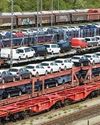
Fuel Price Hike, Supply Chain Disruption Hurt Festive Sales
Supply chain disruptions and fuel price hikes have hurt festive sales in a big way as most auto majors posted decline in sales in October.
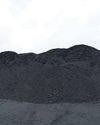
Seaborne coking coal offers remain range-bound
Seaborne coking coal offers moved in a narrow range in October amid global supply tightness and healthy spot demand.
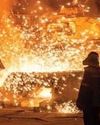
Global crude steel output down 8% in September
China manufactured 74 mt in September, fall of 21% y-o-y while India’s production went up by 7% to 10 mt.
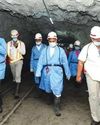
MOIL embarks on expansion projects
“Even though our country is blessed with manganese ore reserves, we import 50% of the domestic requirement. We have to lower our import dependence and save precious foreign exchange.” Ram Chandra Prasad Singh, Steel Minister

Iron ore handled by major ports down 17% in H1
The 12 major Indian ports handled 27 mt of iron-ore during H1 of 2021, down by 17% from 33 mt recorded for the corresponding period of previous year.
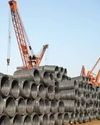
Shrinking China output to boost India exports
“In the third quarter of 2021, the company actively responded to the pressure from external policies, such as production curtailment and dual control system on energy consumption and intensity, as well as coal resource shortage and surging prices.” Baoshan Iron and Steel Co Ltd
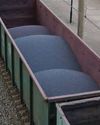
Indian Railways' iron-ore handling up 25% in H1
Indian Railways in April-September of 2021 (H1) transported 84 mt of iron ore, up by 25% over 67 mt during April-September 2020.
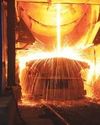
September crude steel production up 7.2% y-o-y
India’s crude steel production in September 2021 grew 7.2 percent to 9.547 million tons (mt) over September 2020 but was down by 3.2 percent from August 2021 output, provisional steel ministry data showed.

“Five enablers: way forward to sustainable cleaner steel”
Right and scalable technology, appropriate policy guidance by government, access to finance to fund transition, willingness of customers to pay for cleaner products and infrastructure for use of new technologies are the need of the hour for the sustainable and cleaner steel industry, according to Madhulika Sharma, Chief Corporate Sustainability, Tata Steel.